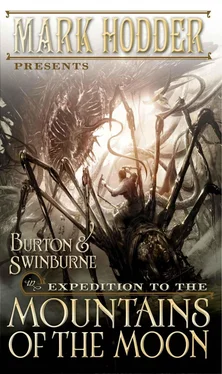THE BOMBING OF DAR ES SALAAM
Despite a number of prior skirmishes between British and German troops, the First World War didn't properly begin in East Africa until 8th August 1914, when the British launched an attack against Dar es Salaam. The naval vessels HMS Astraea and HMS Pegasus bombarded the city, the Astraea hitting and destroying the German radio station. The Germans responded by sabotaging the harbour so the British couldn't use it, which also had the effect of preventing their own ship, SMS Konigsberg , from returning to port. Just over a month later, the Pegasus was docked at Zanzibar for repairs when the Konigsberg launched a surprise attack and sank her. The Konigsberg was herself eventually knocked out of action by British ships on 11th July 1915.
THE BATTLE OF THE BEES
Also known as the Battle of Tanga, this was an attempt by the British Indian Expeditionary Force to capture the German port, and became one of the worst defeats for the British in Africa during the First World War. The incident commenced when HMS Fox arrived at the port and gave the authorities an hour to surrender. The hour passed but no action was taken, which gave Generalmajor Paul Emil von Lettow-Vorbeck time to move German reinforcements into position. On 4th November 1914, street-to-street fighting began in the north and jungle skirmishes in the south. The British found themselves hard pressed, and when swarms of bees, disturbed by the conflict, attacked both sides, the British were routed and took to their heels. In retreating, they left behind all their equipment, which the Germans appropriated. In later propaganda, the British suggested that the bees had somehow been a fiendish trap set by the enemy.
L.59 ZEPPELIN
A German dirigible used during the First World War, L.59 Zeppelin was known as Das Afrika-Schiff (“The Africa Ship”). In 1917, it was commissioned to resupply Generalmajor Paul Emil von Lettow-Vorbeck's troops. Its journey to Africa was intended to be a one-way voyage-upon delivering its 50 tons of supplies, the ship would be cannibalised, its outer envelope used for tents, its frame used to build radio towers, etc. Following the course of the Nile, L.59 Zeppelin was halfway along the river when she received an “abort” order transmitted by Lettow-Vorbeck, who, in his battle with British forces, had been unable to secure a safe landing place for her. She returned to Germany. The following year, the dirigible mysteriously exploded over the Strait of Otranto in the Mediterranean, with a loss of all twenty-one crew.
THE SECOND SCHLESWIG WAR
Beginning on 1st February 1864, this was a renewal of hostilities between Prussia, Austria, and Denmark over control of the Duchies of Schleswig, Holstein, and Saxe-Lauenburg. The conflict continued until the end of October, when the Treaty of Vienna saw the territories ceded to Prussia and Austria. It confirmed Prussia's military might and thus advanced the cause of those who supported German unification.
THE BURNING OF SIR RICHARD FRANCIS BURTON'S JOURNALS AND PAPERS
Of all the controversies concerning Burton during his lifetime, none compared with what happened after his death in 1890. His widow, Isabel, made a bonfire of his personal journals, the vast majority of his papers, and the unpublished book he regarded as his magnum opus, his new translation of The Perfumed Garden , which he'd retitled The Scented Garden. Her act incited such anger and condemnation from those who'd known Burton, including Swinburne, that she lost many friends and badly stained her own reputation.












